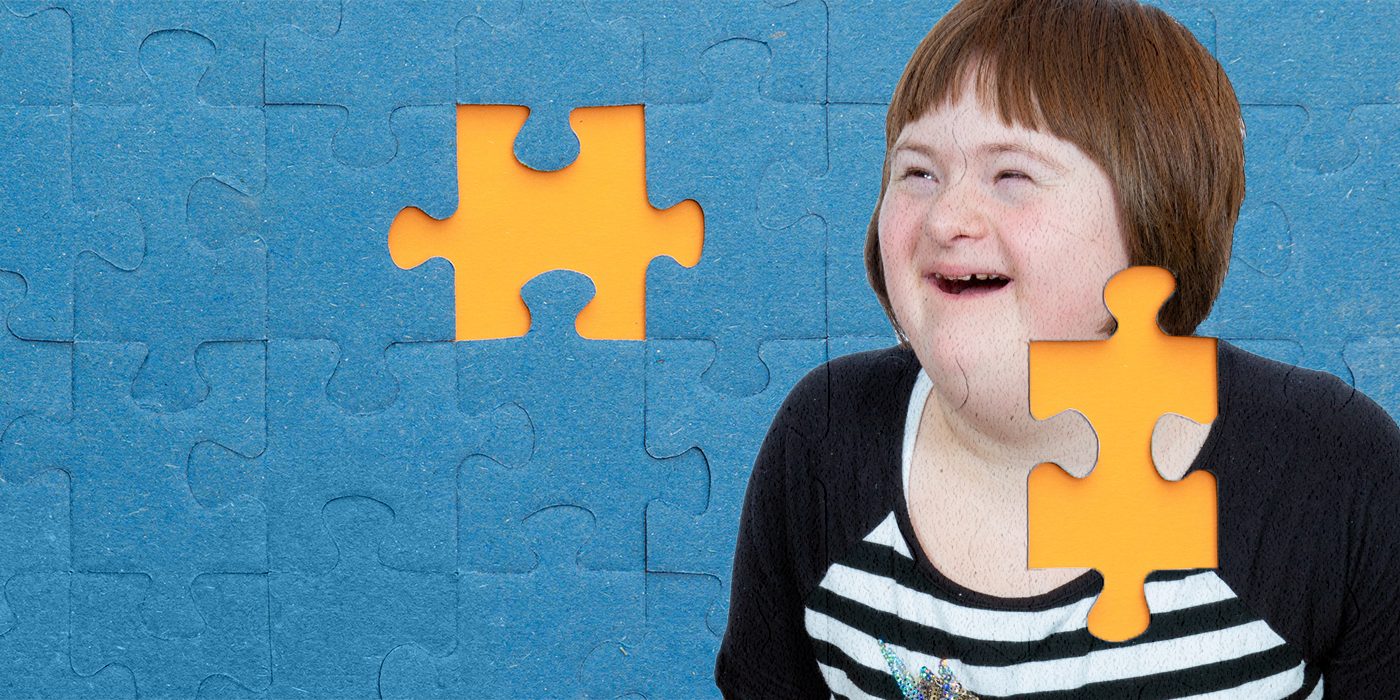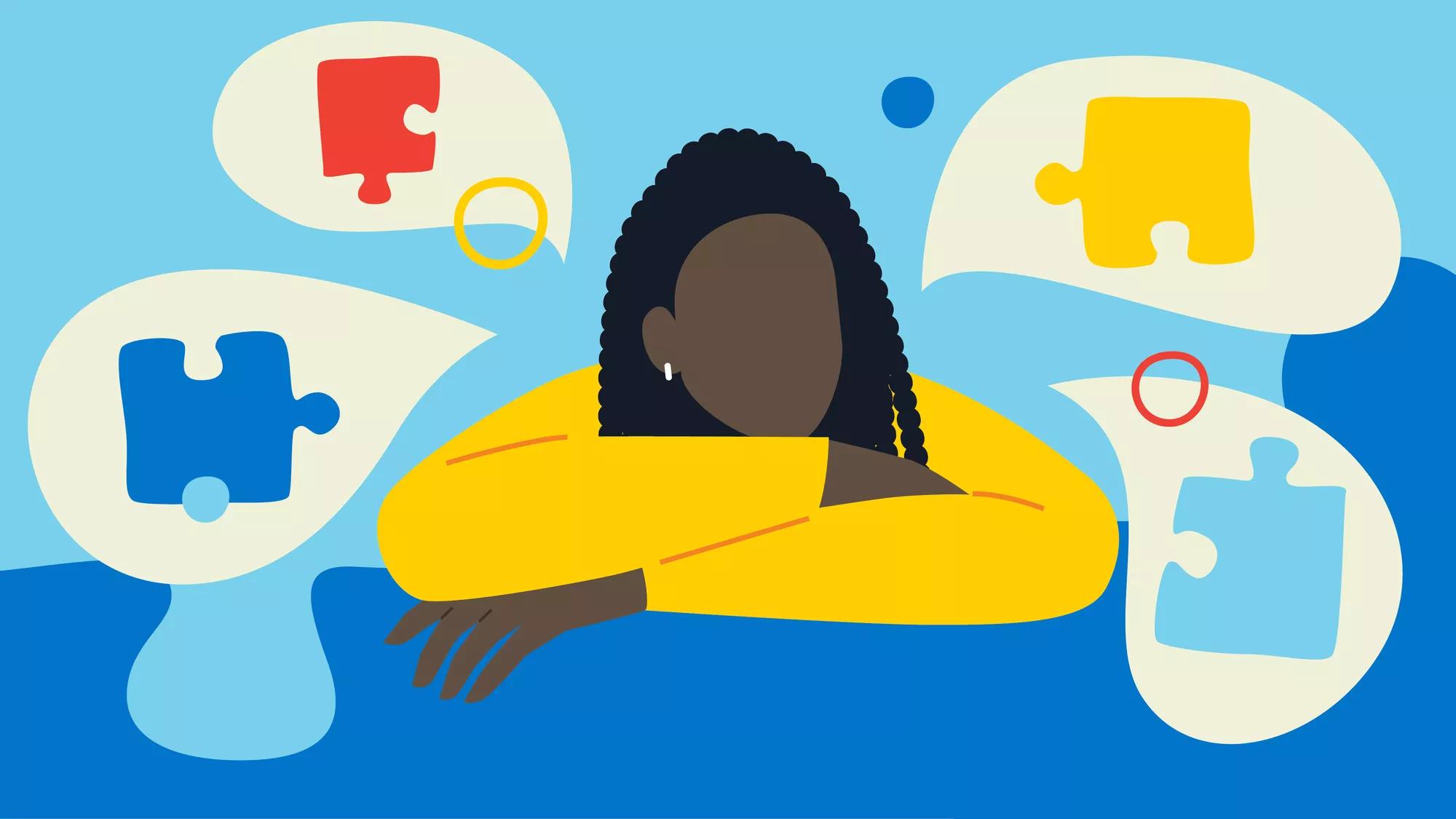Exploring Autism: Approaches for Efficient Communication and Communication
Reliable communication and communication with people on the autism spectrum require a comprehensive understanding of their one-of-a-kind requirements and preferences. The intricacies of these strategies reveal additional factors to consider that warrant exploration, especially in just how they can be adjusted to diverse contexts and private experiences.
Understanding Autism Range Disorder
Autism Spectrum Problem (ASD) includes an array of neurodevelopmental conditions identified by difficulties in social communication, communication, and repetitive habits. The term "range" reflects the diverse symptoms and differing levels of severity experienced by individuals with ASD. While some might exhibit significant impairments, others may present high-functioning attributes, enabling for better independence in life.
The beginning of ASD commonly occurs in early childhood years, with indications often well-known by age two. Early signs may include delayed speech growth, minimal eye contact, and troubles in understanding social cues. The exact etiology of ASD stays vague, research study suggests a mix of environmental and genetic elements plays an important role in its advancement.
Individuals with ASD usually have one-of-a-kind toughness, such as enhanced focus to information and extraordinary memory abilities. However, they might fight with comprehending abstract concepts and handling modifications to routine. Because of this, treatments and assistance customized to private requirements are essential for cultivating communication and social abilities. Acknowledging the intricacy of ASD is essential for advertising understanding, approval, and reliable approaches that assist in purposeful interactions with individuals on the spectrum.

Importance of Clear Interaction
Effective communication is essential for promoting understanding and connection, specifically for individuals with Autism Range Condition (ASD) Clear interaction not just promotes social interactions however also boosts the person's capability to express their demands, feelings, and thoughts. For individuals with ASD, the subtleties of language can typically be testing; therefore, utilizing unambiguous and uncomplicated language is essential.
Moreover, clear communication helps in reducing irritation and stress and anxiety that may arise from misconceptions. When messages are communicated in a straight and regular fashion, people with ASD are better geared up to analyze details properly, which can dramatically enhance their social engagement and engagement in various settings.
Developing routines and using visual assistances can even more reinforce clear communication. These strategies provide people with predictable frameworks that help comprehension and retention of details. Furthermore, proactively paying attention and being person during communications promotes a helpful environment where people with ASD really feel valued and comprehended.
Eventually, prioritizing clear communication not just encourages people with ASD however also fosters even more meaningful links with their peers, caregivers, and the larger area, leading the way for comprehensive communications and joint relationships. - autism
Non-Verbal Interaction Methods
Communication expands past words, and for individuals with Autism Spectrum Condition (ASD), non-verbal cues play a significant function in communications. Non-verbal interaction techniques can consist of facial expressions, gestures, body movement, and eye call, all of which work as essential elements for communicating feelings and intentions.
Understanding and analyzing these non-verbal signals can boost interactions with people with ASD. A warm smile or open stance can produce a welcoming ambience, motivating engagement. Using aesthetic help-- such as picture cards or icons-- can link communication gaps and aid convey messages more efficiently.
It is also vital to be conscious of personal room, as people with ASD may have various convenience levels concerning distance. Observing their reactions to physical nearness can notify suitable adjustments.

Producing Encouraging Environments
Creating a supportive setting is important for promoting positive communications and enhancing the well-being of individuals with Autism Spectrum Condition (ASD) Such environments can significantly decrease anxiety and create a feeling of security, allowing people to express themselves more freely.
To attain this, it is vital to take into consideration sensory sensitivities that individuals with ASD may experience. Modifying the physical area to consist of soft illumination, marginal background noise, and comfortable seats can develop a relaxing ambience. In addition, utilizing constant routines and clear aesthetic timetables can aid people anticipate changes and decrease unpredictability, further promoting comfort.
Social areas ought to be structured to lessen overwhelming stimuli while providing chances for involvement in recommended tasks. Facilitating published here areas designated for quiet time can likewise act as a sanctuary during minutes of tension. Notably, including aspects of option equips people, allowing them to exercise firm in their environment.

Urging Social Interactions
Promoting social communications among individuals with Autism Spectrum Condition (ASD) calls for intentional strategies that prioritize comfort and engagement. Developing foreseeable regimens can help lower anxiousness, making social setups a lot more friendly. Developing structured settings with defined duties and functions permits people to involve without the overwhelming pressure of unstructured social dynamics.
Including rate of interests and staminas right into social activities can serve as a catalyst for interaction. Organizing team activities around shared leisure activities or subjects of attraction can assist in all-natural discussions and connections. Additionally, making use of visual supports, such as pictorial schedules or social scripts, can aid in recognizing social signs and assumptions.
Designing appropriate social behaviors is essential - autism. Adults and peers ought to demonstrate reliable interaction strategies, including energetic listening and turn-taking. Role-playing circumstances can likewise supply a risk-free space for individuals to practice these skills
Lastly, promoting peer relationships through inclusive methods is necessary. Encouraging comprehensive playdates or team getaways can create chances for socialization in a comfy setup. By implementing these approaches, caregivers and link teachers can substantially improve social communications for individuals with ASD, advertising their general social development and health.
Final Thought
To conclude, reliable communication and interaction strategies are crucial for supporting individuals with Autism Spectrum Condition. Stressing clear language, incorporating non-verbal signs, and establishing predictable regimens significantly improve engagement and reduce anxiety. Creating encouraging atmospheres fosters risk-free social interactions, while motivating shared rate of interests promotes purposeful connections. Inevitably, these methods equip people with autism to navigate social landscapes, promoting their general wellness and making it possible for the development of long-term connections.
Efficient interaction and interaction with individuals on the autism spectrum read this post here demand a comprehensive understanding of their one-of-a-kind requirements and choices. Clear communication not only helps with social communications yet also boosts the individual's capability to reveal their demands, feelings, and thoughts.Cultivating social interactions amongst individuals with Autism Spectrum Disorder (ASD) requires intentional approaches that prioritize comfort and interaction. By applying these strategies, caretakers and teachers can dramatically boost social interactions for individuals with ASD, promoting their overall social advancement and well-being.
In verdict, reliable interaction and communication methods are vital for sustaining people with Autism Spectrum Disorder.